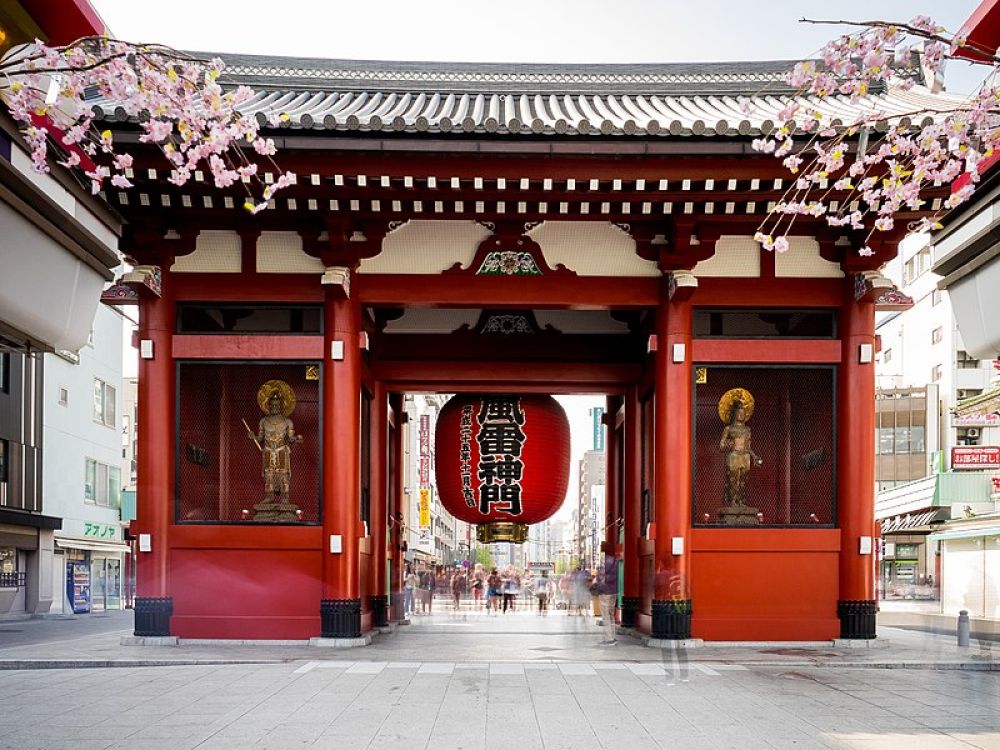

Asak Revolutionary changes in the tourism sector have constantly shaped the colorful district of Asakusa, located in Taitō, Tokyo, Japan. Renowned for its blend of traditional and contemporary Japanese culture, Asakusa has been a magnet for both local and international tourists for many decades.
Asakusa's history as a tourist destination can be traced back to the late Edo period when it was primarily a temple town centered around the famous Senso-ji Temple, which was founded in the 7th century. The temple precincts, including the iconic Kaminarimon Gate, have historically attracted pilgrims and travelers from across Japan.
The development of ryokan (traditional inns) and entertainment venues during the Edo period further solidified Asakusa as a prime spot for leisure and tourism.
Entering the 20th century, Asakusa experienced a boom in entertainment, with the opening of theaters, cinemas, and the famous Asakusa Opera. The completion of the Tokyo subway system in the 1920s further fueled the influx of tourists, offering convenient access to the area's attractions.
The devastation of World War II led to significant reconstruction in the district. While some of the entertainment venues did not survive, Asakusa re-emerged as a hub of culture and tourism. The postwar era brought about the resurgence of the Senso-ji Temple as a key tourist attraction, leading to a revival of the area's status as a must-visit destination for those exploring Tokyo.
In recent times, Asakusa has embraced modern tourism trends while maintaining its historic charm. The unveiling of the Tokyo Skytree in 2012, the world's tallest tower at the time, added a new dimension to Asakusa's tourism landscape, offering breathtaking views of Tokyo and attracting a new wave of visitors.
Today, Asakusa's tourism sector is characterized by a diverse array of experiences, from rickshaw rides through traditional neighborhoods to river cruises on the Sumida River. The district's streets are lined with shops selling traditional crafts, snacks, and souvenirs, reflecting a conscious effort to preserve the cultural heritage amidst modernization.
The latest tourism trend focuses on experiential travel with activities such as kimono rentals and food tours that allow tourists to immerse themselves in Japanese culture.
Asakusa continues to draw visitors from around the globe with its enchanting blend of past and present. Events like the annual Sanja Matsuri, one of Tokyo's largest and most vibrant festivals, continue to perpetuate Asakusa's appeal as a destination that celebrates both tradition and modernity.
The rich tourism history of Asakusa exemplifies the evolution of a district that has successfully adapted to changing times while firmly holding onto its roots. Asakusa's ongoing popularity as a tourist hotspot is a testament to its timeless allure and its capacity to offer unique, culturally significant experiences to every traveler.